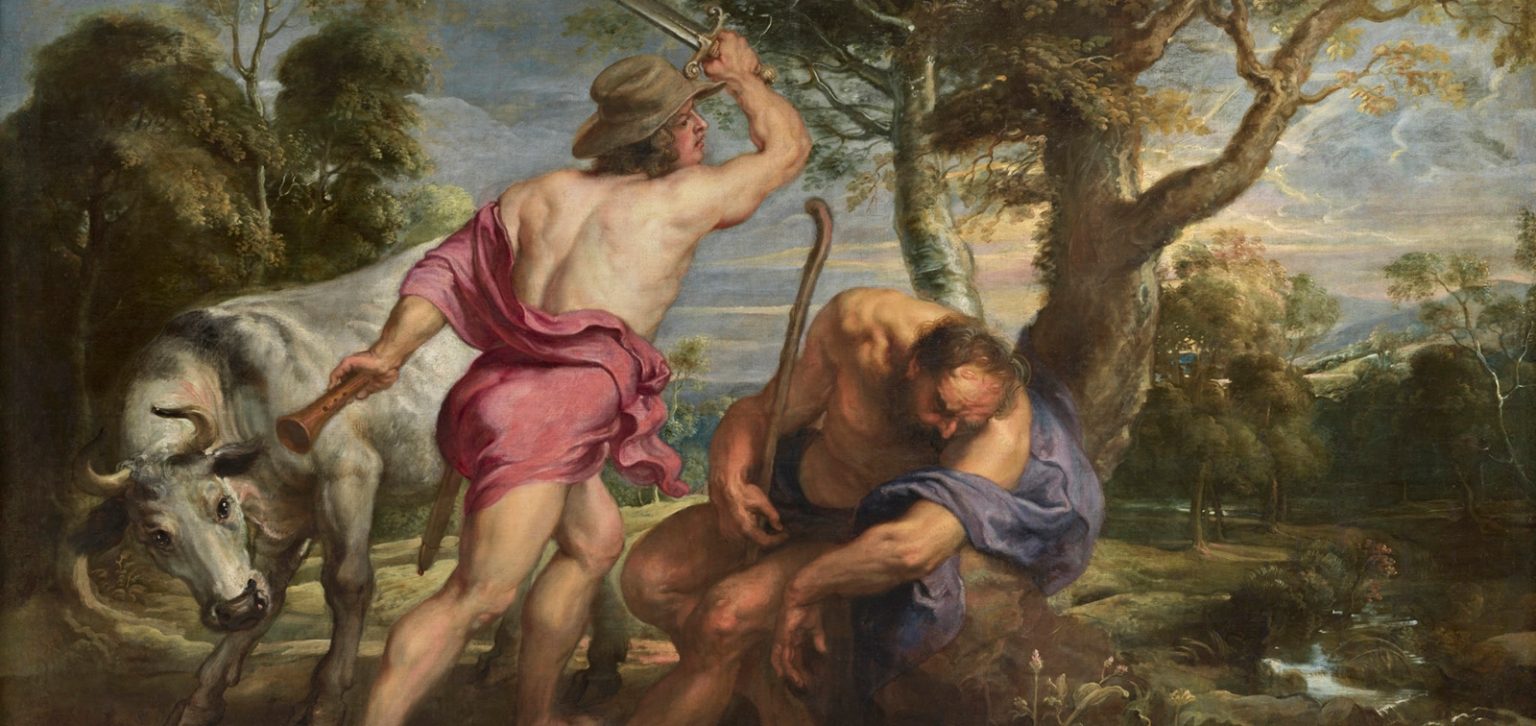Iberchem Adds Olfactory Experience to Latest Prado Museum Exhibition

VISITORS ARE INVITED TO DISCOVER THE SMELL OF FLEMISH ARTIST PETER PAUL RUBENS’ WORKSHOP
Fragrance house Iberchem announced today a special collaboration with Madrid’s Prado Museum. Adding to the company’s continuous journey exploring the synergies between fragrances and arts, the fragrance manufacturer has collaborated on a multisensorial experience to be featured in the Museum’s latest exhibition, “Rubens’ Workshop”, curated by Alejandro Vergara, head of Conservation of the Flemish Painting Area and northern schools of the Museum. Shown alongside the paintings is a recreation of Rubens’s workshop. Visitors are invited to discover the display with their eyes and through the sense of smell thanks to a fragrance created by perfumer Luz Vaquero that recalls the scent of a painter’s workshop of that time.
“Recreating the smell of turpentine has allowed me to travel in time and imagine the workshop of a 17th-century artist. Apart from admiring Rubens’ work, I hope that visitors can live an immersive experience feeling the smell that permeated his work. This not only includes the turpentine but also about all the other elements featured in the room: the wood, the canvases, the candles, etc.”, said Luz Vaquero, global creative director at Iberchem and Academician of the Academia del Perfume. “Just like the paint used by Rubens, fragrances are also oils, and the ingredients, which are the raw materials a perfumer works with, are mixed until obtaining something suggestive and figurative.”
About the scent
Turpentine is a natural solvent obtained from the distillation of pine resin. It was formerly used to dilute oil paint. This smell permeated the workshops of the artists of the time, providing them with a unique profile. Today, in addition, it is part of the wide variety of scents used in perfumery. In fact, much of the ingredients used by perfumers come from nature or are inspired by it.
About the exhibition
On display in Room 16B of the Villanueva Building until 16 February 2025 and benefiting from the collaboration of the Comunidad de Madrid, the exhibition features more than 30 works including paintings executed by Rubens himself, works by his assistants and others resulting from different degrees of collaboration between them.
Through the figure of Peter Paul Rubens, one of the most prolific and successful painters of the Early Modern age, the exhibition aims to reveal how European artists produced their paintings in workshops, making use of numerous collaborators.
